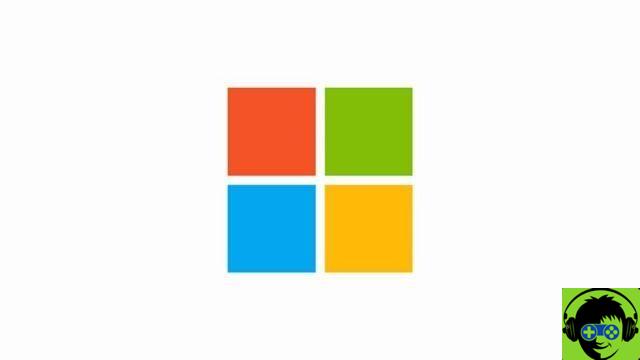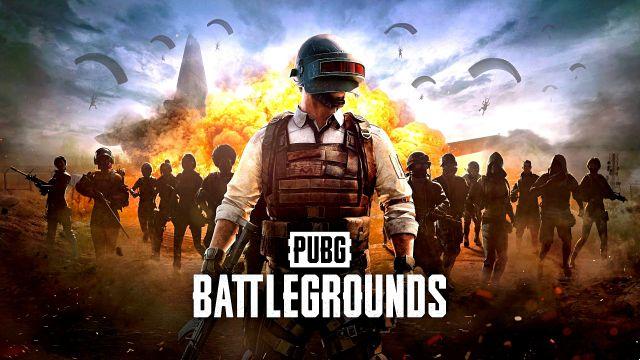Windows has a command console which allows you to perform certain tasks, check the status of the computer, and perform actions on the computer. there are many functions that can be performed; however, many users are unaware of this tool and the benefits it can offer.
The CMD or Command Prompt is a Microsoft program where it is You can send commands to the operating system to get an answer from it or perform an action.

To be able to access this system, go to the Windows search engine and type CMD or command prompt and hit enter. Immediately after we can see that a black box will be displayed where we can write the commands we want to execute.
The operation of this system is quite simple. Just type the command you want to run and hit enter and the interface will take care of interpret the message for the next execution. There are a wide variety of commands to execute. Next we will leave the most useful and important ones.
Basic commands
These are perhaps the best known and most used. Since these are elementary commands, they perform general actions, but it is still important to know them.
cd
This command is used for edit and change the directory to go to a specific folder you want.
The formula for running this command is * cd
DIR
This command lists all folders and subfolders in the directory and directs you to the folder you are currently in.
This command is useful for knowing the location of a particular folder you want to find.
CLS
This command clear the Windows console and leaves it as if it had just been opened.
COPY FILE DESTINATION
With this command we can copy one or more files in the desired direction.
MOVE FILE DESTINATION
With it you can move files or folders and reposition them where do you want.
FROM FILE OR FOLDER
With this command you can delete files or folders.
FORMAT
This command is extremely delicate and you need to be careful because with it you can format your computer and thus lose all the files you have on your computer.
Basic network commands
ipconfig
This command is one of the most useful and most used. When you use it, it will show us relevant information such as the IP address, the default gateway and the subnet mask.

This command is divided into several subcommands that can perform other functions. The most used are:
- ipconfig / all: show all information
- ipconfig / renew: update network cards and renew them
- ipconfig / allcompartments: Shows information of all network compartments on the computer.
- ipconfig / flushdns: purge and flush the DNS cache.
PING
With this command we can check the status of the local host with one or more remote computers on an IP network.
With it we can know the speed of a network specification and we can also determine network errors.
Tracert
With this command we can know the path of packets coming from a host and you can also know the network latency from those data packets, thus knowing the distance at which both ends of the communication are.
getmac
With it, you can see MAC addresses of the computer it is running on and the active network adapters in the computer.
Basic commands for diagnosing your equipment
Last but not least, we have the list of commands that tell you this status of your computer. With them you can also get information about the components and drivers of your pc.
SYSTEM INFORMATION
This command provides system information with you are working on. By writing the command you will know data such as PC RAM, internal memory.
CHKDSK
Perform a detection of the entire hard drive for errors. Likewise, it can do analysis of the logical structure and is able to resolve errors in it.
DRIVERQUERY
This command is used to receive a complete analysis of the installed drivers on your PC. The list is quite specific, because you will see not only its name, but the module it is in and the type of controller.


























